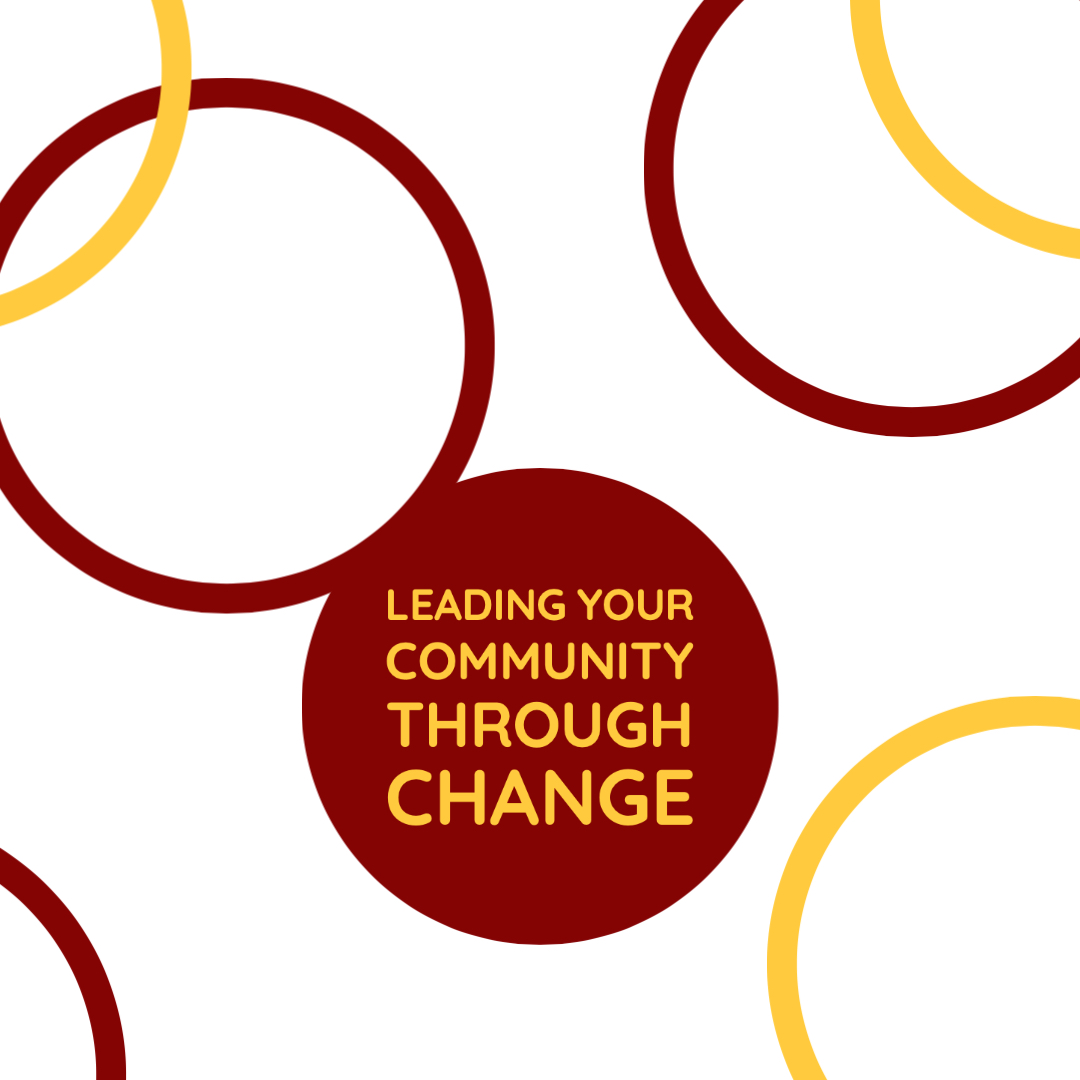 In education the only constant is change. I’ve heard this a number of times over the years and the thing is, it’s true. Change comes in all different ways from academic shifts, community demands and financial necessity. What’s important to remember is that no matter what type of change you encounter, as an educational leader you are the one that has to lead your team and your community through the process in order to end up at a place where most can respect the final outcome. Here are a few tips to keep in mind as you deal with change.
In education the only constant is change. I’ve heard this a number of times over the years and the thing is, it’s true. Change comes in all different ways from academic shifts, community demands and financial necessity. What’s important to remember is that no matter what type of change you encounter, as an educational leader you are the one that has to lead your team and your community through the process in order to end up at a place where most can respect the final outcome. Here are a few tips to keep in mind as you deal with change.
Is this a Real Problem? – One of my mentors always said is this a real problem or a problem looking for a solution? Schools are never going to make everyone happy. There are simply too many different perspectives and interests involved in every aspect of the business. So as hard as you try, odds are that someone will be upset no matter what you do. The questions should then surround whether the complaint is valid and how many are truly upset? Is it really just one or two people who are making a lot of individual noise, or is this a bigger issue that is upsetting a larger number of staff or residents? Even if it’s only a few people that are upset, do they have a legitimate concern? Understanding the scope and depth of the issue can help you decide if it’s a real problem or not.
Process, Process, Process – Once you decide that the issue is real, take the time to develop a real process. The process should include opportunities for staff, parent and taxpayer input and should include different people who can offer different perspectives about the concern. Ensuring that you have a wide range of opinions can help you to understand the problem better and ultimately makes the solution stronger.
Take the Time You Need – A comprehensive process can and should take some time. You need to make sure you are taking the time to really understand the full scope of the problem and demonstrate to everyone impacted by this change that you have thoroughly thought through the possible solutions and implications of whatever change is happening. While people outside the problem will likely be pushing for answers at a faster pace, I assure you those numbers are nothing in comparison to what happens if you rush through a haphazard process and you miss an important step along the way. Slow it down and get it right!
Communicate Often – Over communicate during a time of change. People will be uneasy but when they know what is happening and what they can expect in the coming days, weeks or months, that builds trust and confidence in the decision making process. So even if you have little to nothing new to share, communicate often about the overall goals and objectives of the process, what is currently happening and what the hopefull next steps might be. It is also key to make sure you include staff in these updates. When staff knows what is happening first, they can become great alleys in your external communication efforts.
Your final solution probably still won’t make everyone happy, but by leading a strong process with significant communication along the way, even those that disagree with the final outcome can respect the decision making process.
